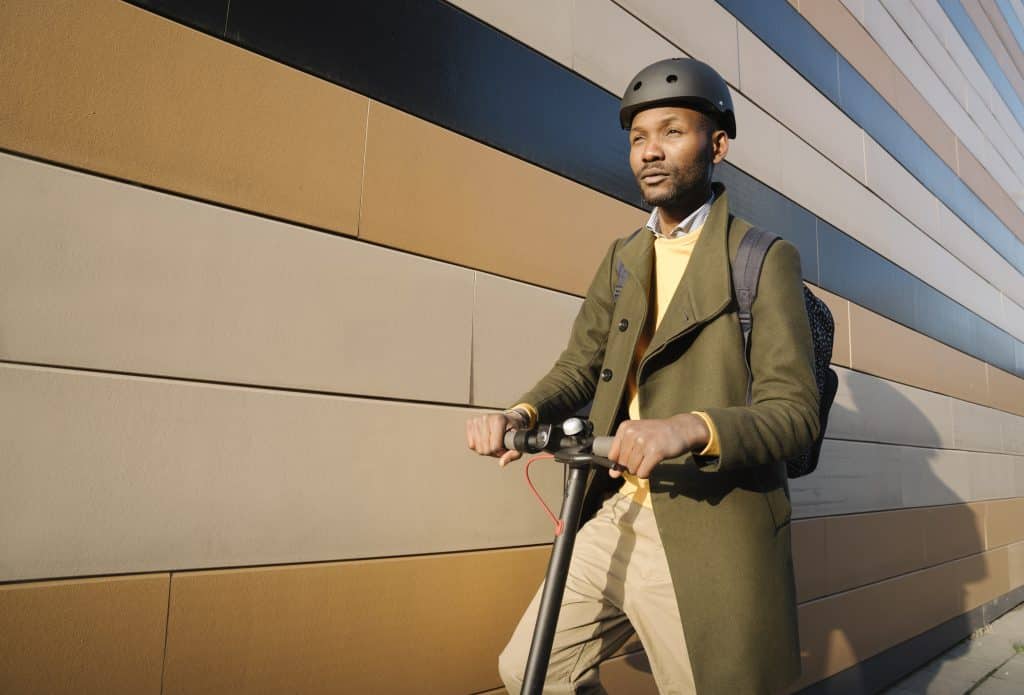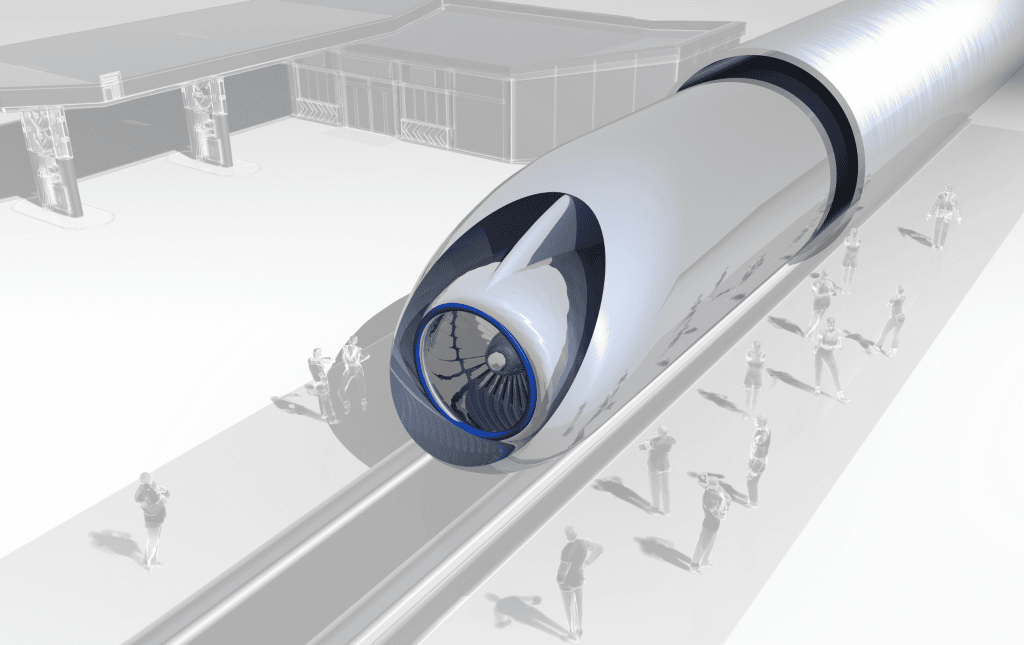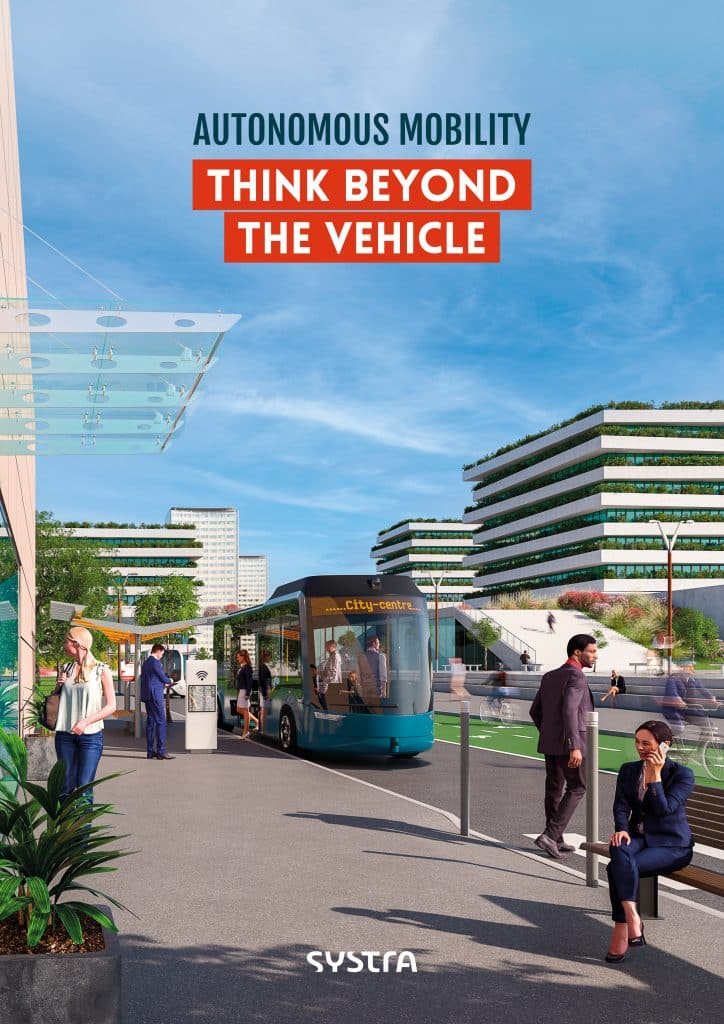Future Mobility stakeholders and investors are interested in emerging modes of transport as they promise to disrupt the mobility mix as we know it.
The design and roll-out of these solutions raises numerous uncertainties of a technical, economic and organisational nature. Beyond the dreams and the hype, how can the relevance and feasibility of emerging mobilities be determined?

Improving the Existing Mobility Mix
Future mobility is the collection of solutions made possible by new technologies that disrupt and change transport systems for operators, public stakeholders and users.
Some examples of future mobilities include:
- Autonomous vehicles
- Electric vertical take-off and landing (eVTOL)
- Hyperloops
MICROMOBILITY OPTIONS FOR END-TO-END JOURNEYS
User demand has brought about a number of new mobility options that help to enable complete end-to-end journeys. New micromobility options, such as e-scooters, e-bikes, and bike sharing, can help to fill in the gaps between existing fixed-route public transport service provision. They provide not only first-mile to last-mile options, but also promote the shift towards healthier, active and even social transport solutions. SYSTRA understands the role that new mobility options play, and also the need for smart digital infrastructure to help provide truly joined-up solutions.

How will new technologies benefit communities?
- New technologies help to improve the mobility mix by making our modes of transport more efficient, faster, safer and more environmentally-friendly
- New technologies will contribute to improving the existing mobility mix through the introduction of new types of services that are more flexible and consumer oriented.
- New technologies are transformative in that they can lead to new transport systems and opportunity.

Our APPROACH
SYSTRA offers a 3-step support solution to help innovation stakeholders to make their project a reality, investors to direct their investments and decision-makers to roll out disruptive mobility services in their area:
- Understanding the ecosystem and solutions: we provide support to our clients as part of the process to define their requirements using evaluations and mapping of stakeholders and solutions, design studies for various contexts, feasibility studies (analysis of technical constraints, financial viability, etc.), comprehensive technical audits of innovative solutions, etc.;
- Designing systems and preparing for roll-out: we get involved at the preliminary study phase to design the systems (outline and detailed preliminary project design) and co-construct a road map for development and implementation, which includes drafting a business plan;
- Overall project implementation: we support the client throughout implementation, carrying out project management of the validation of studies for testing and commissioning. Innovative projects are not traditional transport projects and require specific management capable of adapting to technical difficulties never encountered before. We can provide hi-tech technical expertise (safety, systems, operation, etc.) in partnership with innovation stakeholders.
Our previous experience in transport planning and engineering allows us to grasp technological innovations with relevance and realism.
Ibrahim Fazah, Director – Delivery and Growth Markets, SYSTRA ANZ
DISCOVER THE BOOKLET “AUTONOMOUS MOBILITY: THINK BEYOND THE VEHICLE”
Autonomous vehicles offer a host of benefits for mobility services, including enhanced road safety and improved quality and optimisation of the operation. However, implementing services of this nature goes beyond the procurement of new vehicles. The transition to autonomous mobility calls for the design of a service which meets the needs of areas, as well as transport system engineering. In this handbook SYSTRA shines a light on the key issues surrounding an autonomous mobility project and draws on best practice from around the world.


Did you know?
At SYSTRA we have solid expertise in complex transport systems and technologies, both traditional and innovative. We have taken part in the construction of half the world’s automatic metro lines, as well as the world rail speed record (France, 2007).
Other skills in Urban Transit

Bus

Active Transport

Urban Transit
Contact Us

Contact us
Read moreFor more information, please get in contact with us by hitting the button below. Alternatively, if you wish to keep in touch please hit subscribe.
Download our Publication
Please register your details via the form to receive your copy of ‘Autonomous Mobility – Thinking Beyond the Vehicle’.
 Brazil
Brazil  Canada
Canada  China
China  Denmark
Denmark  France
France  India
India  Indonesia
Indonesia  Ireland
Ireland  Italy
Italy  Malaysia
Malaysia  Norway
Norway  New Zealand
New Zealand  Poland
Poland  Saudi Arabia
Saudi Arabia  Singapore
Singapore  South Korea
South Korea  Sweden
Sweden  Taiwan
Taiwan  Thailand
Thailand  United Kingdom
United Kingdom  United States
United States  Vietnam
Vietnam 


